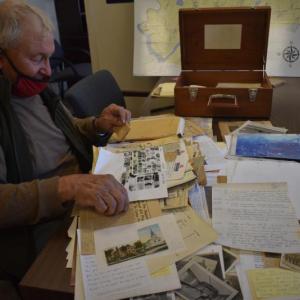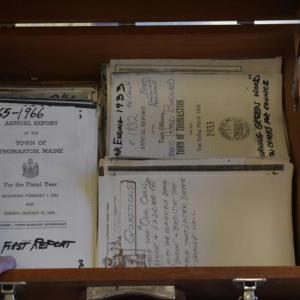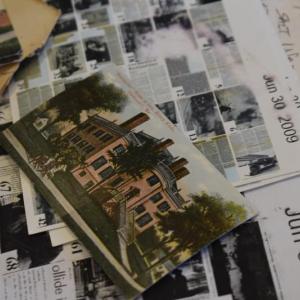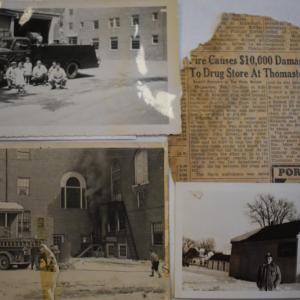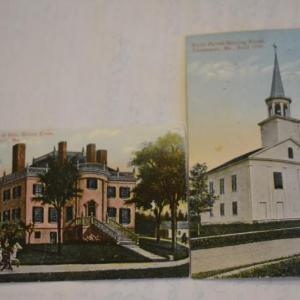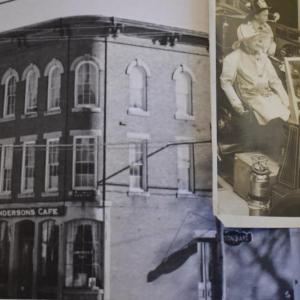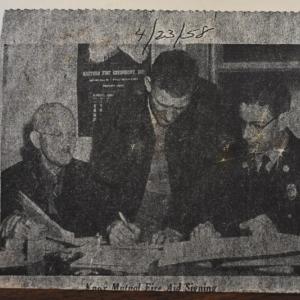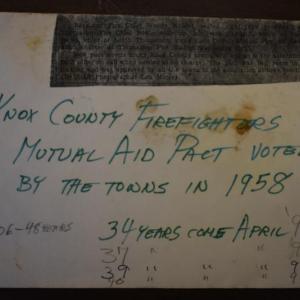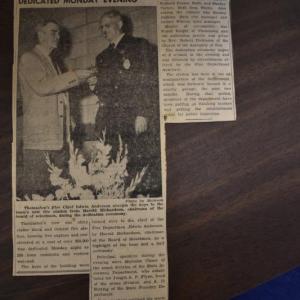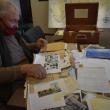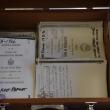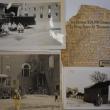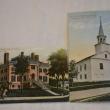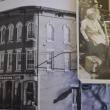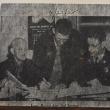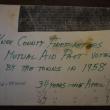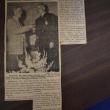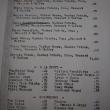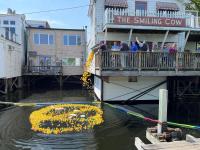Down the Thomaston Fire Dept. memory trail with Peter Lammert
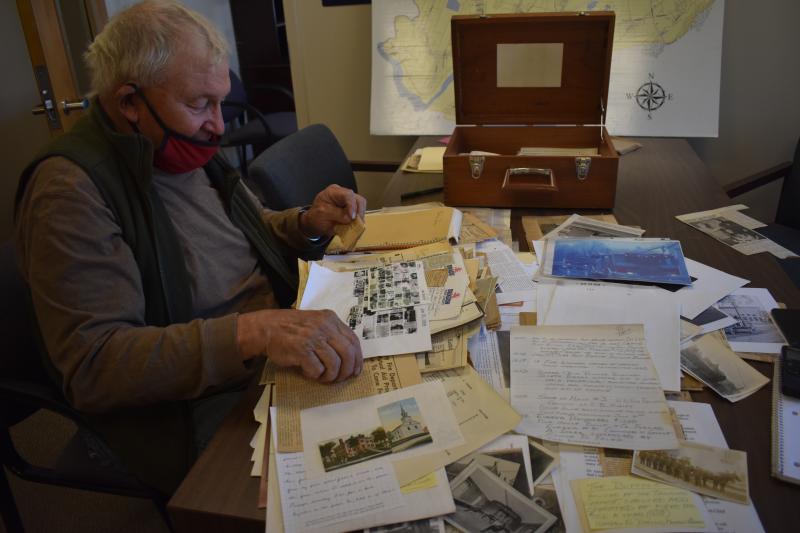 Peter Lammert sifts through his collection of Thomaston fire department archives on a late April afternoon. (Photo by Sarah Thompson)
Peter Lammert sifts through his collection of Thomaston fire department archives on a late April afternoon. (Photo by Sarah Thompson)
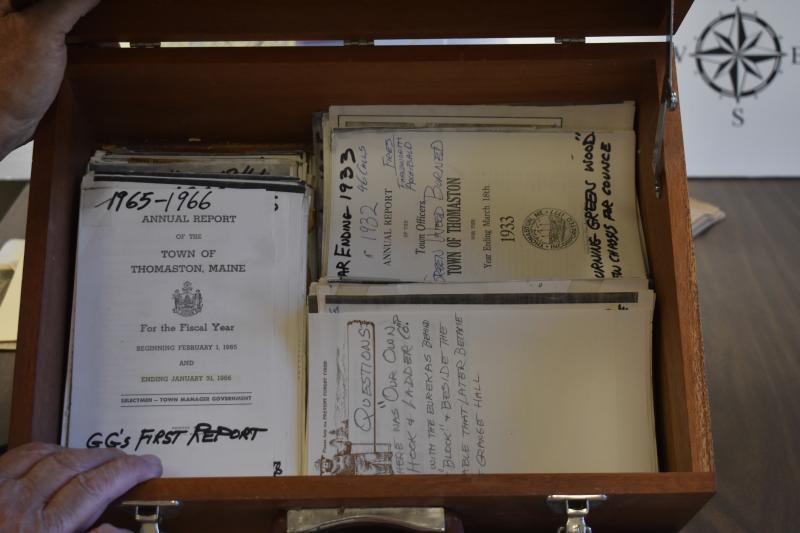 (Photo by Sarah Thompson)
(Photo by Sarah Thompson)
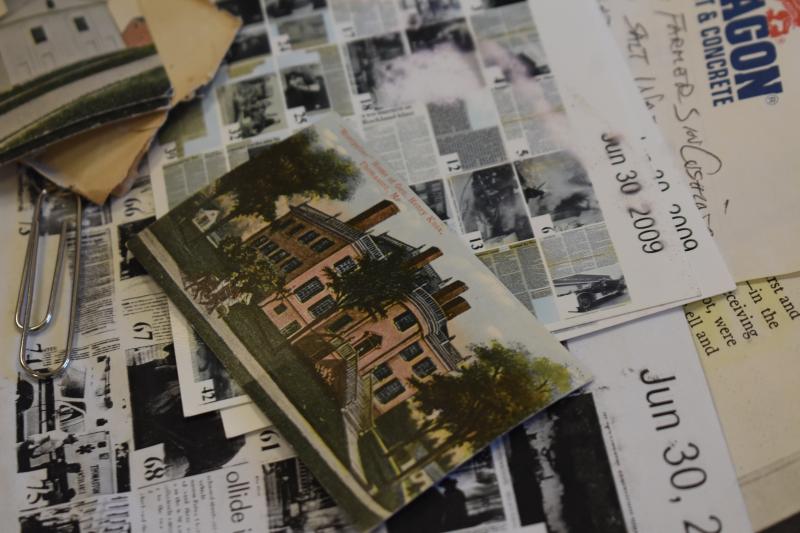 (Photo by Sarah Thompson)
(Photo by Sarah Thompson)
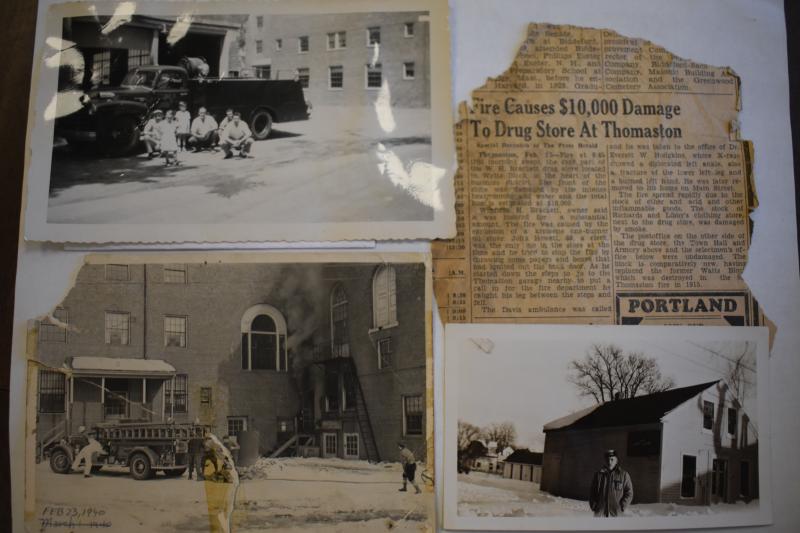 (Photo by Sarah Thompson)
(Photo by Sarah Thompson)
 (Photo of Lammert memorabilia by Sarah Thompson)
(Photo of Lammert memorabilia by Sarah Thompson)
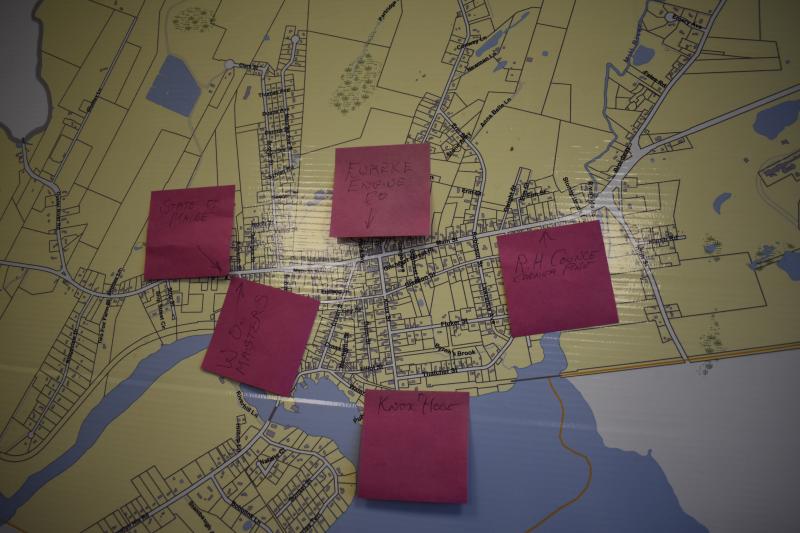 At one time, Thomaston boasted five fire houses. The villagers of the time who lived on the outskirts and away from natural water supply were out of luck. (Photo by Sarah Thompson)
At one time, Thomaston boasted five fire houses. The villagers of the time who lived on the outskirts and away from natural water supply were out of luck. (Photo by Sarah Thompson)
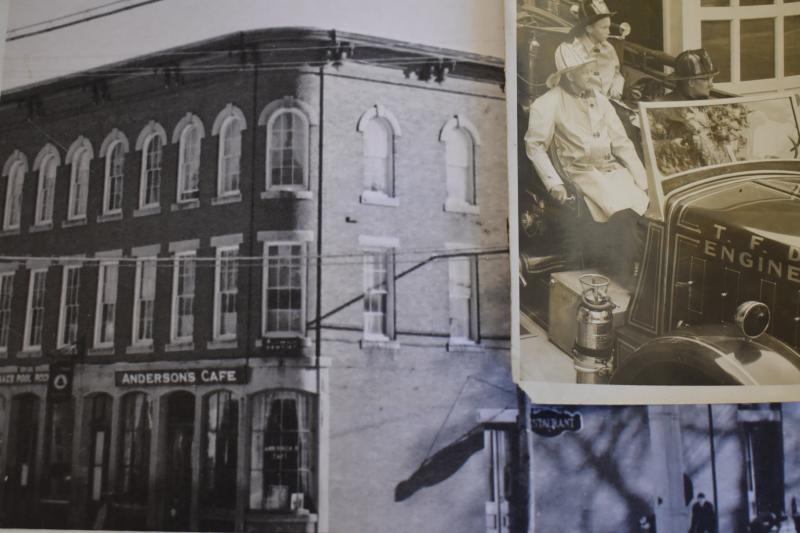 Chief Anderson and the Anderson Cafe. (Photo of Lammert memorabilia by Sarah Thompson)
Chief Anderson and the Anderson Cafe. (Photo of Lammert memorabilia by Sarah Thompson)
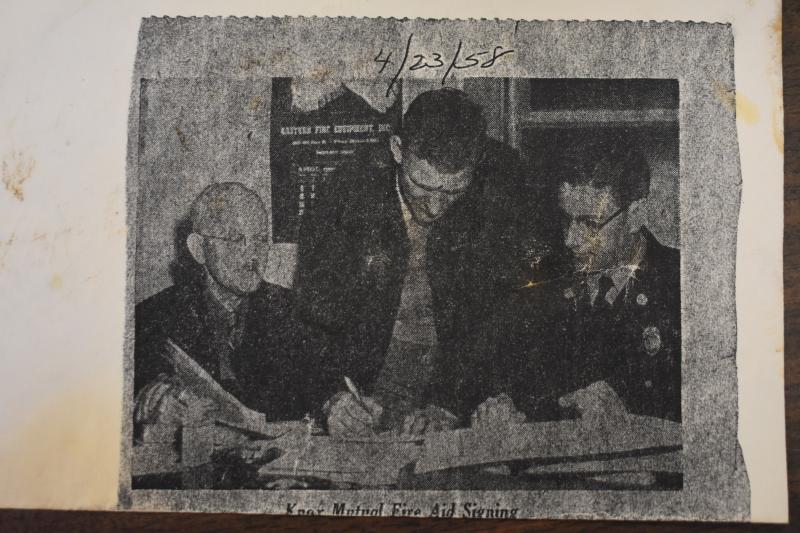 In this newspaper clipping, Chief Anderson, left, looks on as fire chiefs sign a local mutual aid agreement. (Photo of Lammert memorabilia by Sarah Thompson)
In this newspaper clipping, Chief Anderson, left, looks on as fire chiefs sign a local mutual aid agreement. (Photo of Lammert memorabilia by Sarah Thompson)
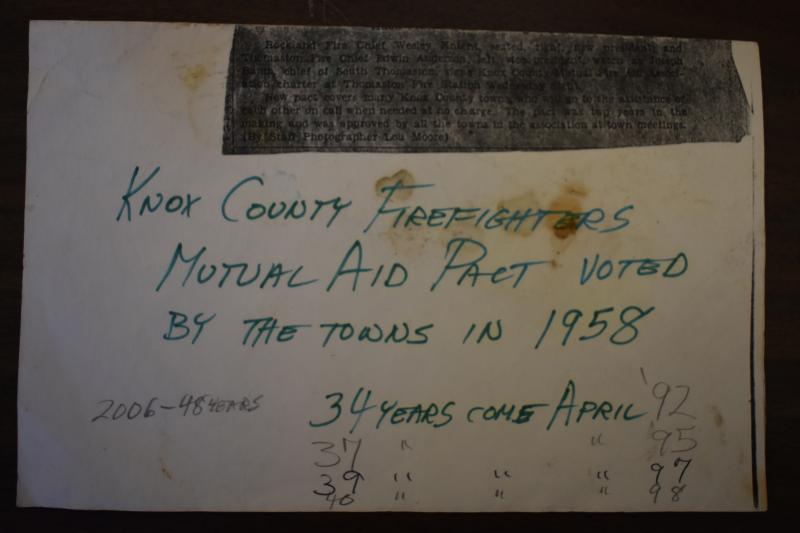 (Photo of Lammert memorabilia by Sarah Thompson)
(Photo of Lammert memorabilia by Sarah Thompson)
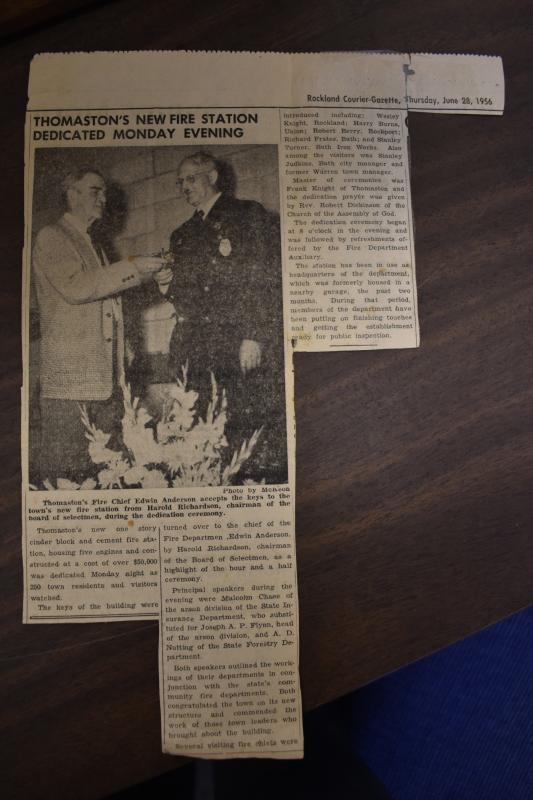 (Photo of Lammert memorabilia by Sarah Thompson)
(Photo of Lammert memorabilia by Sarah Thompson)
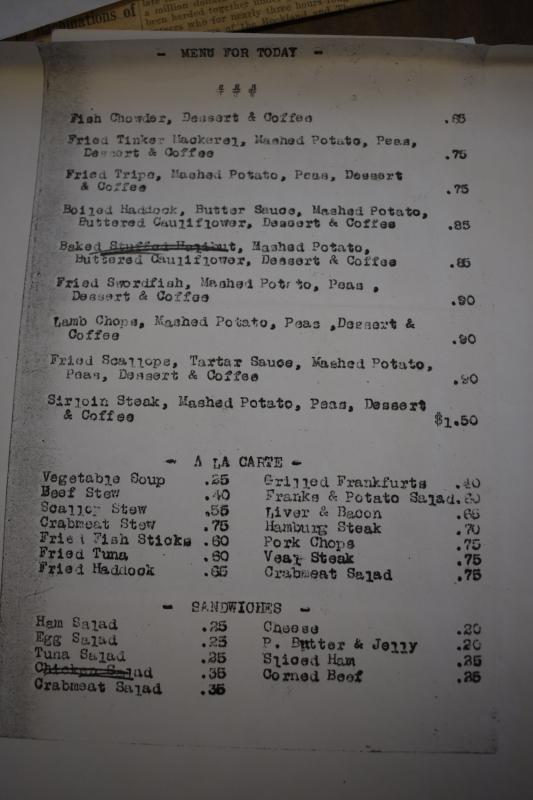 Undated menu from Anderson’s Cafe. (Photo of Lammert memorabilia by Sarah Thompson)
Undated menu from Anderson’s Cafe. (Photo of Lammert memorabilia by Sarah Thompson)
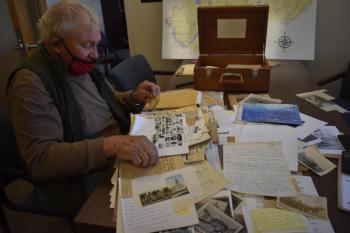 Peter Lammert sifts through his collection of Thomaston fire department archives on a late April afternoon. (Photo by Sarah Thompson)
Peter Lammert sifts through his collection of Thomaston fire department archives on a late April afternoon. (Photo by Sarah Thompson)
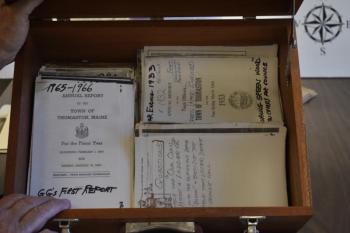 (Photo by Sarah Thompson)
(Photo by Sarah Thompson)
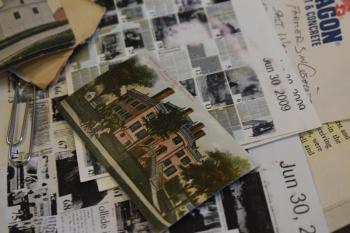 (Photo by Sarah Thompson)
(Photo by Sarah Thompson)
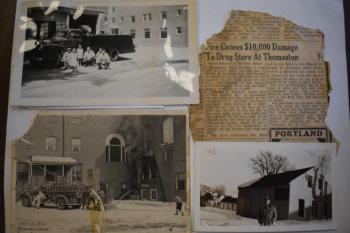 (Photo by Sarah Thompson)
(Photo by Sarah Thompson)
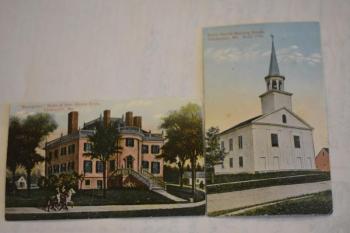 (Photo of Lammert memorabilia by Sarah Thompson)
(Photo of Lammert memorabilia by Sarah Thompson)
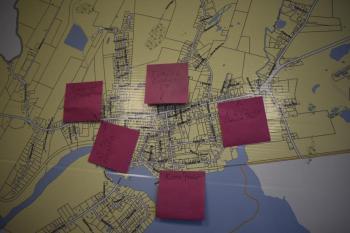 At one time, Thomaston boasted five fire houses. The villagers of the time who lived on the outskirts and away from natural water supply were out of luck. (Photo by Sarah Thompson)
At one time, Thomaston boasted five fire houses. The villagers of the time who lived on the outskirts and away from natural water supply were out of luck. (Photo by Sarah Thompson)
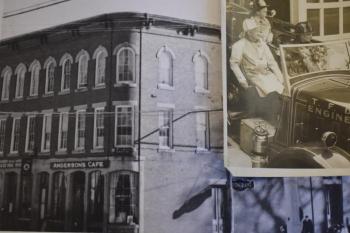 Chief Anderson and the Anderson Cafe. (Photo of Lammert memorabilia by Sarah Thompson)
Chief Anderson and the Anderson Cafe. (Photo of Lammert memorabilia by Sarah Thompson)
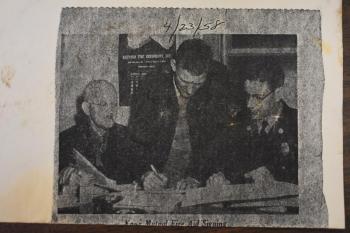 In this newspaper clipping, Chief Anderson, left, looks on as fire chiefs sign a local mutual aid agreement. (Photo of Lammert memorabilia by Sarah Thompson)
In this newspaper clipping, Chief Anderson, left, looks on as fire chiefs sign a local mutual aid agreement. (Photo of Lammert memorabilia by Sarah Thompson)
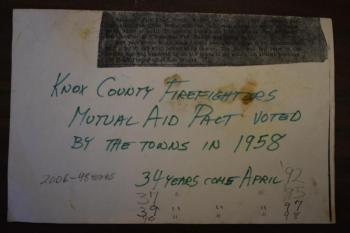 (Photo of Lammert memorabilia by Sarah Thompson)
(Photo of Lammert memorabilia by Sarah Thompson)
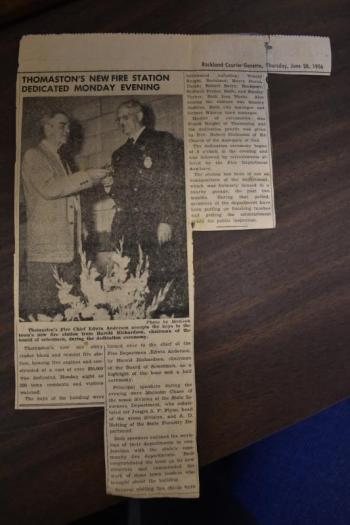 (Photo of Lammert memorabilia by Sarah Thompson)
(Photo of Lammert memorabilia by Sarah Thompson)
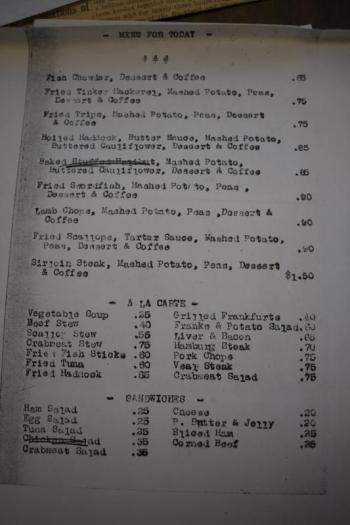 Undated menu from Anderson’s Cafe. (Photo of Lammert memorabilia by Sarah Thompson)
Undated menu from Anderson’s Cafe. (Photo of Lammert memorabilia by Sarah Thompson)
THOMASTON — In most small towns, there are those who keep memorabilia of their town’s histories. They don’t know why they do it; they don’t know what they’re going to do with the items they’ve accumulated. They just do, according to Thomaston’s Peter Lammert.
Lammert has become the historian of Thomaston Fire Department archives, having started accumulating in 1974, soon after the fire chief at the time recruited him to help fight fires. Since then, he’s become the go-to for all things fire-related in his town.
“It’s really wandering down memory lane for me,” he said recently, as he scrolled through a 1962 radio log (“the precursor to the modern Dispatch system,” he calls it.)
He begins an explanation – “because” – but interrupts himself and sighs when he sees familiar names from another era.
Thomaston’s fire chief saw potential in Lammert for what Lammert believes to be his common sense. After a while, he became Assistant Chief.
Lammert has his own tales to share, but is forever interested in the recollections of others.
“I always had an interest in talking to the old-timers because they had these stories,” he said. “I don’t know if anyone has ever written them down. I’ve never read them at all. And to me, part of the fire service are stories like this:”
Thomaston’s Fire Chief George Grafton worked at the cement plant.
“Many’s the night that he was on the middle shift [at the cement plant], that I would go over and chew on his ear about things,” said Lammert.
Grafton is 92 years old now. Lammert goes for coffee with him at his house every Sunday morning.
“His memory for stuff in the 50s and 60s and 70s and into the 80s is razor-sharp,” said Lammert. “It’s amazing.”
It would not be uncommon for Grafton’s memory to stretch back to his own predecessor, Edwin Andrew Anderson, who witnessed changes that would shape Thomaston.
Lammert has culled fire department notes from many Thomaston Annual Reports throughout the decades. In referencing Anderson’s death in 1965, Lammert mentioned the fire chief’s 36-year career that spanned time when change was a constant, both in Thomaston as well as in the world of firefighting, in general. After all, Anderson’s first Annual Report summary in 1929 specifically notes that the fire department was now fully motorized.
“I doubt any chief, past or future, will serve as long and see so many changes in technology and fire science as this man,” wrote Lammert.
In 1932, Anderson would recommend the purchase of smoke and gas masks. It would be another five years before the masks were purchased. He would also blame the burning of green wood as the reason for an increase in chimney fires that year.
In 1934, Thomaston entered an initial mutual aid agreement with Rockland, Rockport, and Camden – towns that had at least one 500 GPM pumper that could be sent to another town. More mutual aid agreements and pacts would follow in 1952 and 1958. Anderson also mentioned a fire fighting school planned for the future.
In 1939, sirens were added to two of the trucks. The same year, Anderson requested $200 for the purchase of helmets.
In 1942, a serious shortage of manpower came in as local men left for war. Junior Volunteers filled the gap. Anderson also warned of prosecution if fire permits weren’t obtained prior to deliberate burns.
In 1940, the new type of heating – fuel oil – is credited with the reduction of fires in Thomaston.
1949 marked the first year of the Fourth of July Celebration with the Williams-Brazier American Legion.
In 1950, the fire alarm system whistles were replaced with two air horns, and two assistant fire chief positions were added at salaries of $50 annual.
May 30, 1956, a dispatch operation came to life at the fire station when dial-up replaced switchboard operators in reporting fires.
In 1957, Thomaston, Rockland, Rockport, Camden, and Lincolnville joined together via radio hookup – the first radio system.
Reach Sarah Thompson at news@penbaypilot.com
Event Date
Address
United States

